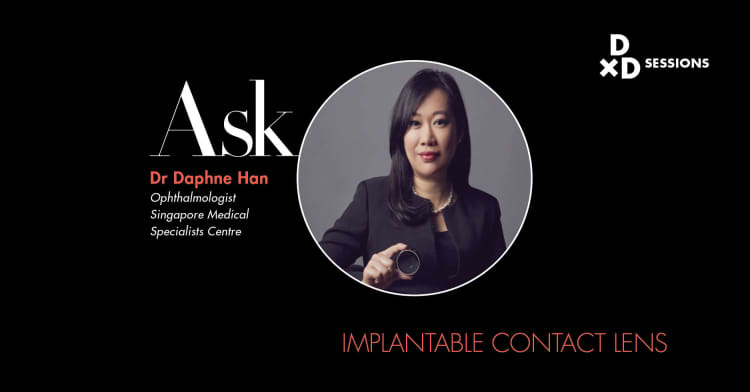Hi Tas
Post-LASIK ectasia is one of the rare complications that can happen after any kind of laser refractive surgery, whether PRK/TransPRK/epiLASIK, LASIK or SMILE. In a predisposed eye with pre-existing weakness of the stromal collagen layer, even the small extra weakening caused by laser treatment can cause it to 'decompensate' and bulge forwards from the normal eye pressure. As you know, we routinely look for cases which are at higher risk and recommend these patients against going for laser refractive surgery.
I would agree with Dr Chan that sometimes we see very obvious cases that should not have any kind of laser refractive surgery. Then there are also borderline cases, where the patient may come across different opinions from different doctors.
This situation is not unique to suitability assessment for LASIK. For example, there are also borderline cases when we screen people to see whether they have glaucoma-we call this group of patients glaucoma suspects.
Generally speaking, cases that are obviously unsuitable for LASIK can still be considered for Implantable Collamer Lens (ICL) surgery, provided criteria such as adequate anterior chamber depth are met. ICL surgery does not cause significant corneal weakening, and has also been used in selected cases of frank keratoconus that were previously stabilised through crosslinking.
Borderline cases need to be considered on a case by case basis, with the increased risk clearly communicated to the patient. It is important to note that these 'borderline'/grey area cases may not develop ectasia. The increased risk comes from the statistics that go into the development of various indexes. Although these statistics are real data and need to be considered, they originate from large groups of people and do not necessarily apply to any one particular individual.
Therefore, occasionally borderline cases may be offered procedures that weaken the cornea less, such as PRK/epiLASIK (without flap), with or without crosslinking.
It is also important to understand that there are many variations in the way crosslinking is applied to the cornea. In the typical 'LASIK Xtra' procedure, only a mild kind of crosslinking is performed that is a fraction of the usual 'dose' applied to cases of frank keratoconus.
As such, LASIK Xtra (with a flap) is not offered to the group of patients who are obviously unsuitable due to a high risk of ectasia. LASIK Xtra is usually offered as an option in cases where there is a high spectacle degree to be corrected or where the cornea is predicted to be quite thin after the procedure, or in selected borderline cases where the risk is considered very low. In other words, LASIK Xtra is done in essentially normal corneas. We do not know how much of a risk reduction LASIK Xtra would provide for people who are at high risk, hence most doctors do not offer it for cases that they would not have done anyway for ectasia risk reasons.
To summarise, your options for refractive correction would include ICL surgery (provided the other eligibility criteria are met), and possibly PRK/epiLASIK +/- crosslinking depending on further testing and evaluation. The major factors that could potentially make PRK/epiLASIK feasible would be the corneal topographic characteristics (to determine 'borderlineness'), corneal thickness, as well as degree to be corrected.





